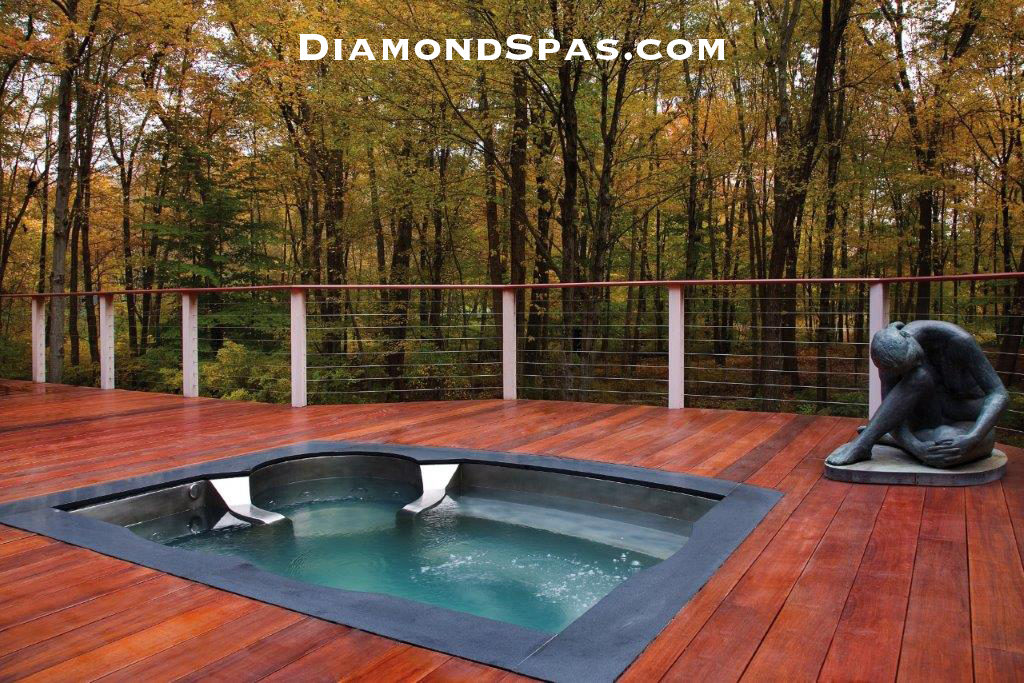The chemicals that keep your pool sanitary could be killing you: The main advantage to using Hydrogen Peroxide in your pool or spa as a sanitizer instead of Chlorine is that of health. Chlorine is a toxic substances that humans shouldn’t expose themselves to at any diluted level.
Why Hydrogen Peroxide?:
Hydrogen Peroxide at controlled levels, has been clinically proven to promote a healthy environment. In our atmosphere, H2O2 is naturally produced when UV light strikes oxygen in the presence of moisture. In nature this H2O2 is often used as a cleanser. An example is that of a lightening storm. During a lightening storm, traces of pure Hydrogen Peroxide are produced which in turn kill many different types of bacteria and fungi which might otherwise grow out of control. Hydrogen Peroxide can naturally be found in honey as well.
Dangers of Chlorine usage in pools and spa’s:
If Chlorine can shorten the life of your pool or spa components (regardless of composition) just think of what it’s doing to your body.
The typical Chlorine level a pool or spa owner maintains is 1000% the level the EPA (Environmental Protection Agency) deems safe.
Chlorine contains carcinogens (cancer causing agents) such as bromoforms carbon tectachloride and bischlorothane. Chlorine can combine with organic matter forming trihalomethanes. External exposure to Chlorine can cause your skin to prematurely age and has been known to cause acne, eczema, melanoma,and psoriasis. Breathing the chemical can damage lung tissue. Chemical contact to the eye can cause blindness.
Dangers of Bromine usage in pools and spa’s:
Bromine is commonly referred to as a safe alternative to Chlorine for use in pools and spa’s. However, if we take a closer look, although it may be safer on the components of your pool or spa. It is not necessarily safer to the humans that are using the pool or spa. If Bromine is spilled on the skin, it can produce painful sores. Bromine exposure can cause cancer, damage the liver, damage the nervous system, cause brain damage, cause infertility in males and more.
The Pool and Spa Hydrogen Peroxide Solution:
Water and Oxygen are the most necessary elements of human life, so to use Hydrogen Peroxide (H2O2) in our pool or spa only seems natural. Hydrogen Peroxide is commonly used as an antiseptic cleanser, antifungal and natural whitener. If kept to low levels of concentration, H2O2 can actually promote a healthy environment for living tissue. In a pool or spa, Hydrogen Peroxide does this by Oxygenating and cleansing the skin.
“Pool and Spa Hydrogen Peroxide” is essentially the same “35% Food Grade Hydrogen Peroxide” with the exception of shelf life. Because of decomposition (the release of the extra Oxygen Molecule), 35% Food Grade Hydrogen Peroxide can only be labeled and sold as Food Grade within 30 days of being sealed. 35% Pool and Spa Hydrogen Peroxide is generally sold between 30 and 90 days of being sealed.
Hydrogen Peroxide does not go bad, it simply becomes weaker in concentration over time. Hence 35% Hydrogen Peroxide may become 34% after 60-90 days.
Maintaining Pool and Spa Hydrogen Peroxide level:
% H2O2 concentration decreases (decomposes) with sunlight and or the interaction with organic materials. So you will need to add Hydrogen Peroxide over time to maintain a sufficient level. Checking and maintaining the Hydrogen Peroxide level can be done via the use of “Hydrogen Peroxide Test Strips.” the ideal level of concentration is between 50 and 100 ppm with a maximum of 1000 ppm to remove higher levels of organic contamination.
You should always store H2O2 in a cool and dark place.
It is also important to note that you should use synthetic rubber components in your pool or spa as H2O2 can quickly degrade natural rubber.

